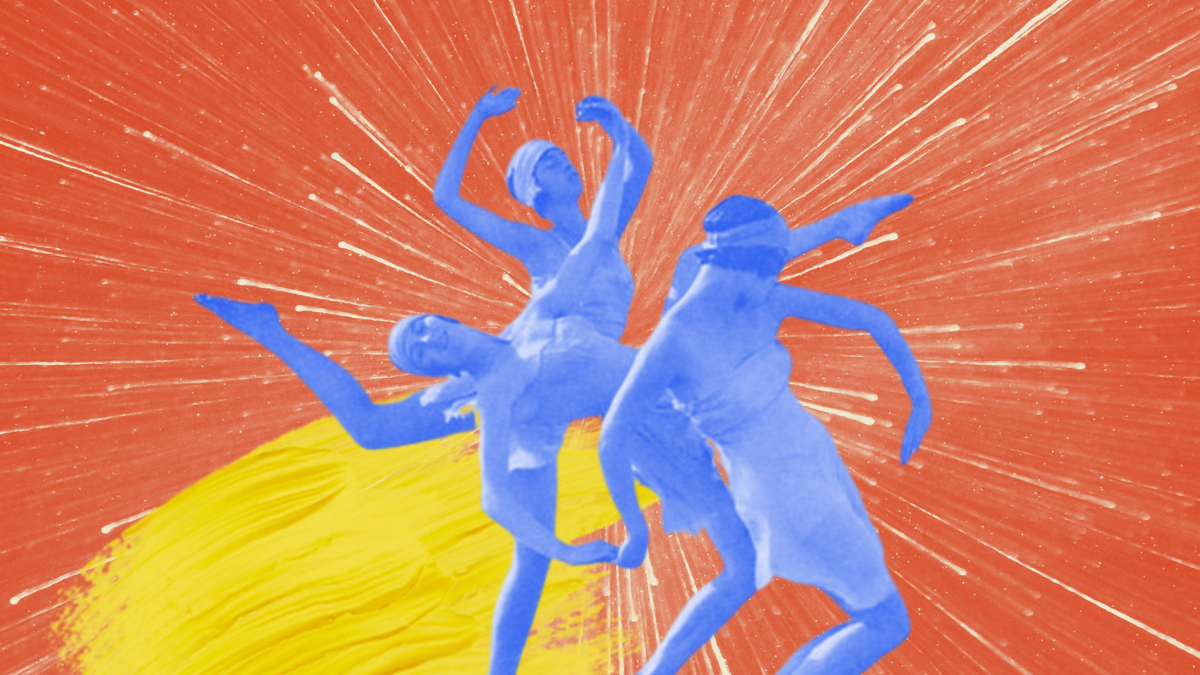A tribute to Sir Robert Martin: The most famous New Zealander most New Zealanders didn’t know about
Sir Robert spent his life working to improve the lives of disabled people, says his friend Alexia Black, now we must carry that torch for him.
Image description
Three blue, female-presenting dancers are moving with a red burst of colour and a yellow splash behind them.
As someone who only recently identified as disabled, Melissa Irving sought the voices of disability advocates for empowering narratives on disability day.
“If we fail to embrace the power we have together and recognise that Disability Pride is for all disabled people as one, not just the one disabled self, we are going to lose the battles that we take on its name," wrote Cait Ruth Lawrence.
It was this quote that halted my Instagram scroll as I’ve been engaging with content that explores the nuance woven into the tapestry of disability pride. How was I meant to take pride in something that caused me physical and emotional pain, and presented me with many barriers that I needed to overcome? Despite wrestling with my mixed feelings, I decided to seek out some strengths-based perspectives from disabled advocates in order to gain a better understanding of the concept.
When I read that Instagram post from Cait Ruth Lawrence (Ngāti Apa), it resonated with me and caused me to think more critically about how I approach being pridefully disabled. Their post explores the importance of venturing beyond individual disability pride toward recognising that it exists to unite our community and be valued by society as a whole. Lawrence posited that pride month originated not only for disabled individuals to reconcile their feelings about their disability. It is also meant to empower the whole community to keep pushing for the vital changes in society that we need in order to experience more fulfilling lives.
I approached Cait and some of our other disability advocates to hear more of their insights.
Cait Ruth Lawrence (Ngāti Apa), Disability Advocate
Image description: Cait, a non-binary person, is sitting in their wheelchair outside and facing the camera. They are wearing glasses, a black cap, chunky brown knit scarf, green jacket, black leather gloves, and blue jeans.
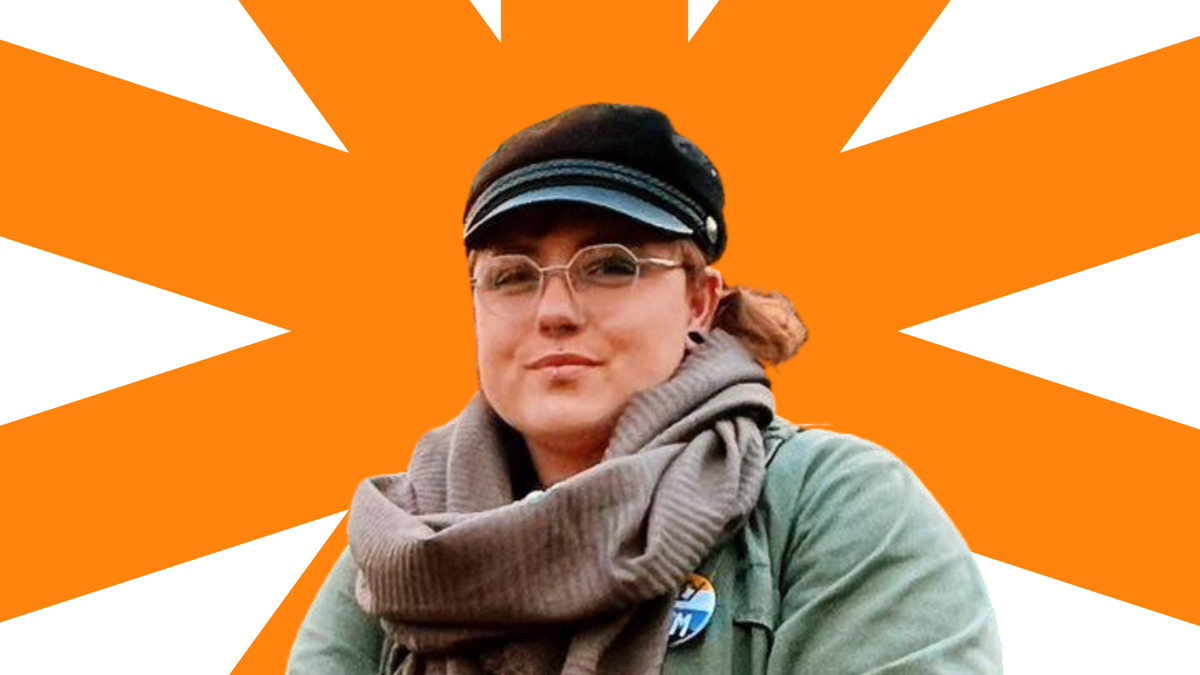
"It is so powerful to witness each other and maybe the real goal is to connect further with each other. The nature of [LGBTQ+] pride repeatedly comes back to community and teamwork, so if we’re going to have disability pride then surely it should take on those same attributes. ”
Cait Ruth Lawrence is a non-binary person who is part of the disability and queer communities. Since coming out, they have learnt more about the history of the queer community and the Rainbow Pride movement. A key component of LGBTQ+ or queer Pride is collectivism. Lawrence also highlighted that Pride originated as a protest which empowers the community to fight for their rights. It does not exist solely for individuals to form an “insular” barrier around themselves to make them feel more secure in their identity. Lawrence would like to see greater emphasis on disability pride being regarded as a collective process, rather than an individual destination. They also encourage the creation of more online or in-person spaces which allow us to reinforce connections throughout our community.
Prudence Walker, Kaihautū Tika Hauātanga Disability Rights Commissioner
Image description: Prudence, a woman with magenta purple hair, is sitting on her mobility scooter and smiling towards the camera. She is wearing silver earrings, a silver necklace, a black top, black trousers, and a grey jacket.
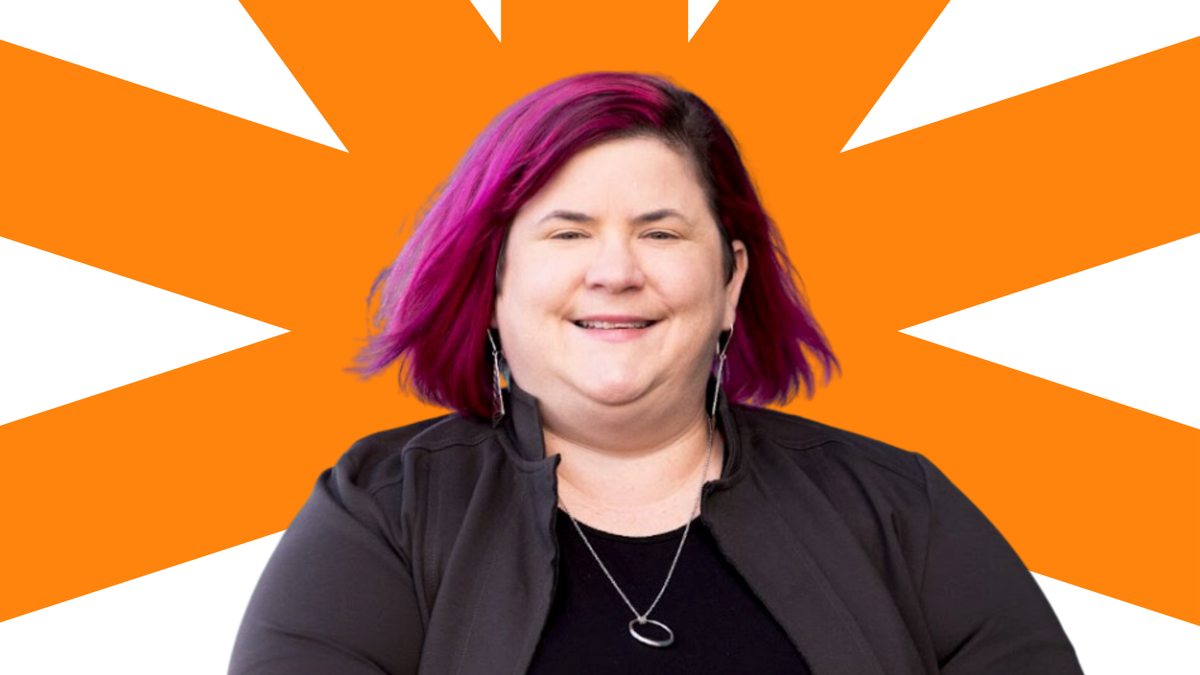
“At all times of the year, celebrating our connections to each other, our common goals, our joy, and the struggles that we support each other with, is so important. Knowledge and affirmation of our rights contributes to a sense of worthiness and pride.”
Prudence Walker says that disability pride is joyful, and it is also about coming together to demand our rights - such as homes that meet our needs, and accessible communities that allow us to be strong participants within our society. By giving us the knowledge and affirmation of these rights, it will help to contribute to a sense of worthiness and pride within the disabled community. Walker said that it's always great to see these celebrations both in our community, and in countries around the world. She noted that in Aotearoa, we often celebrate disability pride events which coincide with the United Nations’ International Day of People with Disabilities on 3 December, which was launched in 1992.
Alice Mander, founder of National Disabled Students’ Association Aotearoa
Image description: Alice, a woman with blonde hair, is standing facing the camera with her crossed and she is smiling. She is wearing a delicate gold necklace and a navy jersey.
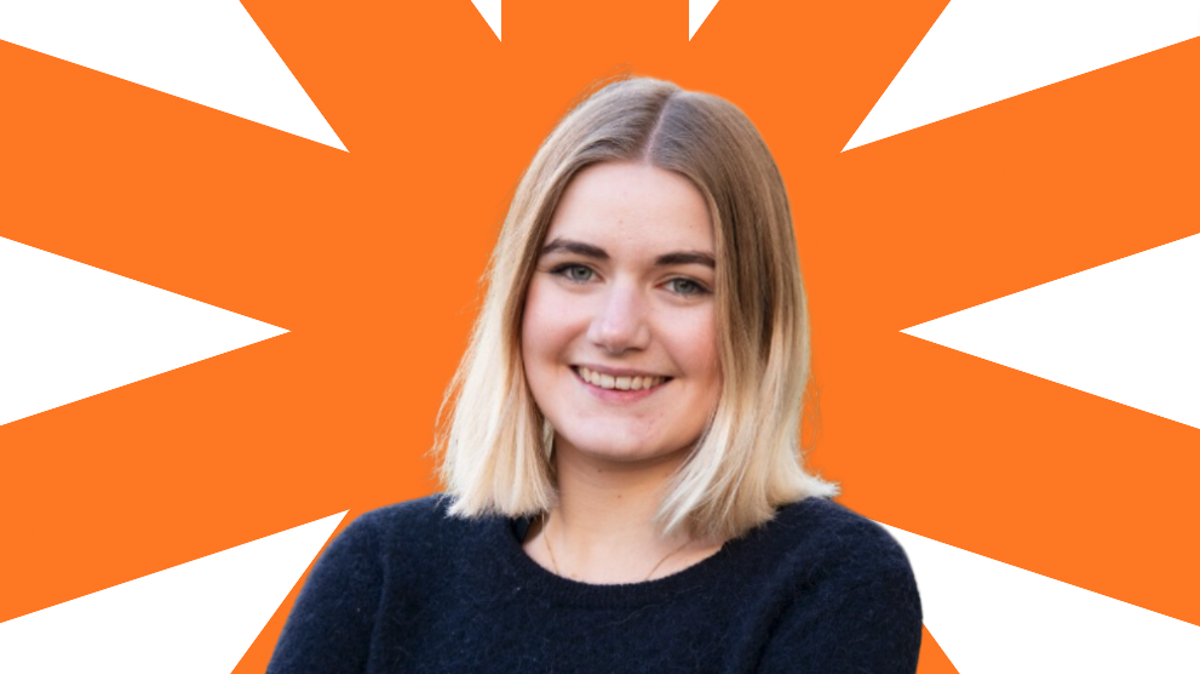
“When I learnt that being disabled is not a negative thing, and that my disability is a positive part of my identity, my entire conception of myself changed. It is so important that we find time to celebrate ourselves and our community."
Alice Mander says disability pride is something that is “extremely important” to her. She lives with a progressive disability, which means that her sense of identity has had to shift over time. Mander reflected on how she previously had negative attitudes about disability which she internalised from society's overall problematic perception that being disabled is a “tragedy.” Ever since she has proudly embraced her identity, she has received lots of fulfilling opportunities to make a positive impact within our community. These include being able to form a national association that supports disabled tertiary students, which is something she appreciates may not have been as easily established in a larger country.
Mander has a nuanced perspective on what she would like to see with our disability pride commemorations in the future. She is hopeful that we will generate more widespread awareness as a way to combat the negative attitudes that are held by a lot of non-disabled people. If we begin to acknowledge that disability isn’t inherently tragic, then we can start to channel our energy and resources into addressing the systemic barriers which detrimentally affect our community. Mander is also passionate about our community celebrating disability pride with more joy, recognition of our achievements and qualities, and radical thinking. She acknowledges that we experience a lot of hardship, due to the ableist laws and systems that are currently in place. Therefore, we deserve to hold space for our resilience and all that we have accomplished so far. However, she would also like us to have opportunities to envision a future that looks past fighting for the “bare minimum.” She concluded her thoughts with the idea of potentially making the dates for our national Disability Pride Week consistent. This would make it easier for individuals and organisations to arrange commemoration events in advance to observe the occasion.
Jonathan Mosen, chief executive of Workbridge
Image description: Jonathan, a man with light brown hair, is standing looking at the camera and smiling. He is wearing a light blue-grey button down shirt.
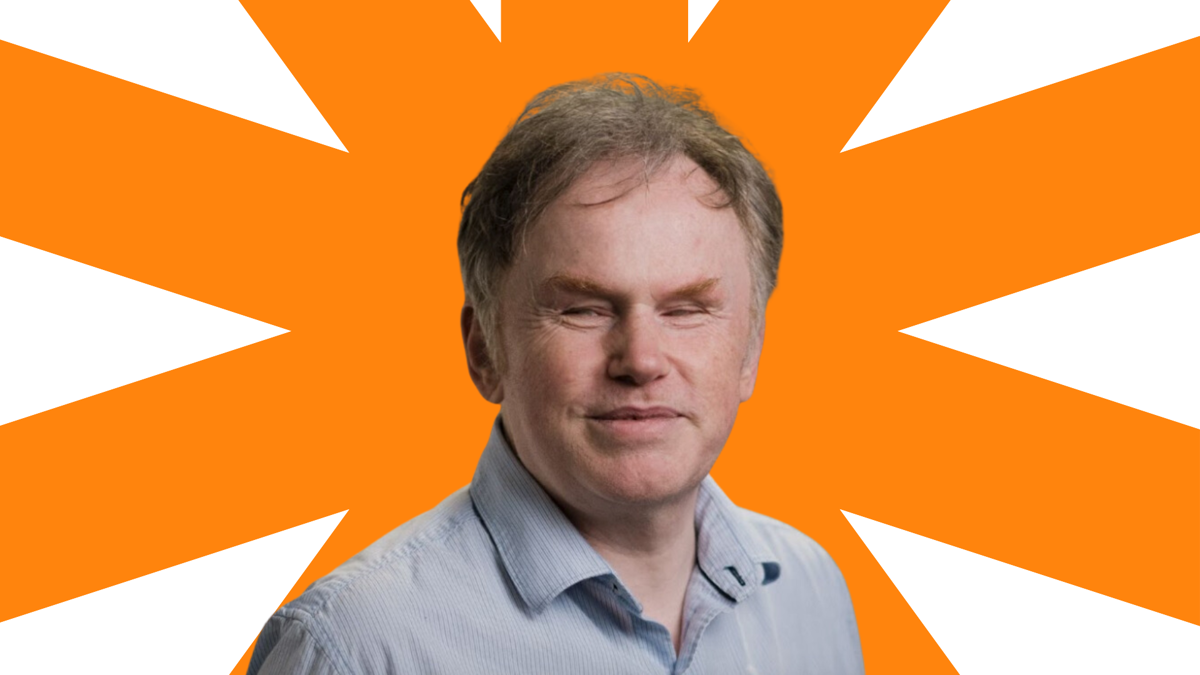
“For me, disability pride is about celebrating the diversity disabled people bring to society. It’s about acknowledging the many contributions that we make. It’s about appreciating that every human being is unique and worthy. Most important, it’s about celebrating our resilience, our determination to make things better, and our success despite a society that continually undervalues us and disables us.”
Jonathan Mosen is proud to be blind and he considers it to be a central part of his identity, which he discusses frequently on his podcast Living Blindfully. He says that disability pride is a celebration of our community’s resilience, our determination to make things better, and our success despite a society that continually undervalues and disables us. He also said that we should also acknowledge how some impairment types have a strong history and culture which can be observed in future pride celebrations.
Mosen posited that overall, New Zealand won’t celebrate disability pride better until we have more disabled people appointed to key roles of change - such as politicians, managers and decision-makers. Mosen also said that New Zealand celebrates our disabled athletes well. However, he feels that disability advocates tend to get celebrated less, because they can be viewed as ungrateful troublemakers. In the future, he would like to see more nationwide recognition for the achievements of disabled people in other sectors, such as advocacy and performing arts. He also wants more opportunities for disabled people to debate the issues that we face.

Through engaging with these advocates, I learnt that Aotearoa needs to rethink the way that we celebrate disability pride. We need to promote more radical ways in which we commemorate our community’s achievements and history, whilst also looking ahead to envision a better future. More importantly, greater emphasis should be placed on the multifaceted nature of disability pride; it doesn’t exist solely to make disabled individuals feel more comfortable in their identity. Its origins, foremost, are as a protest that empowers our community to unite and collectively fight for the changes that we crucially need to improve our lives. Being proud of my disabled identity doesn’t mean I need to revel in every second of my experience and never find things hard to deal with.
My pride is evolving in a way that extends beyond self-acceptance. It heavily influences the work that I do as a journalist and a writer. I chronicle our community’s pain and struggles now in the hope that we will not face the same levels of injustice in the future. My most important takeaway from this is that disability pride can act as both a means for embracing one’s own individual identity and it can also compel our community to keep fighting for each other.
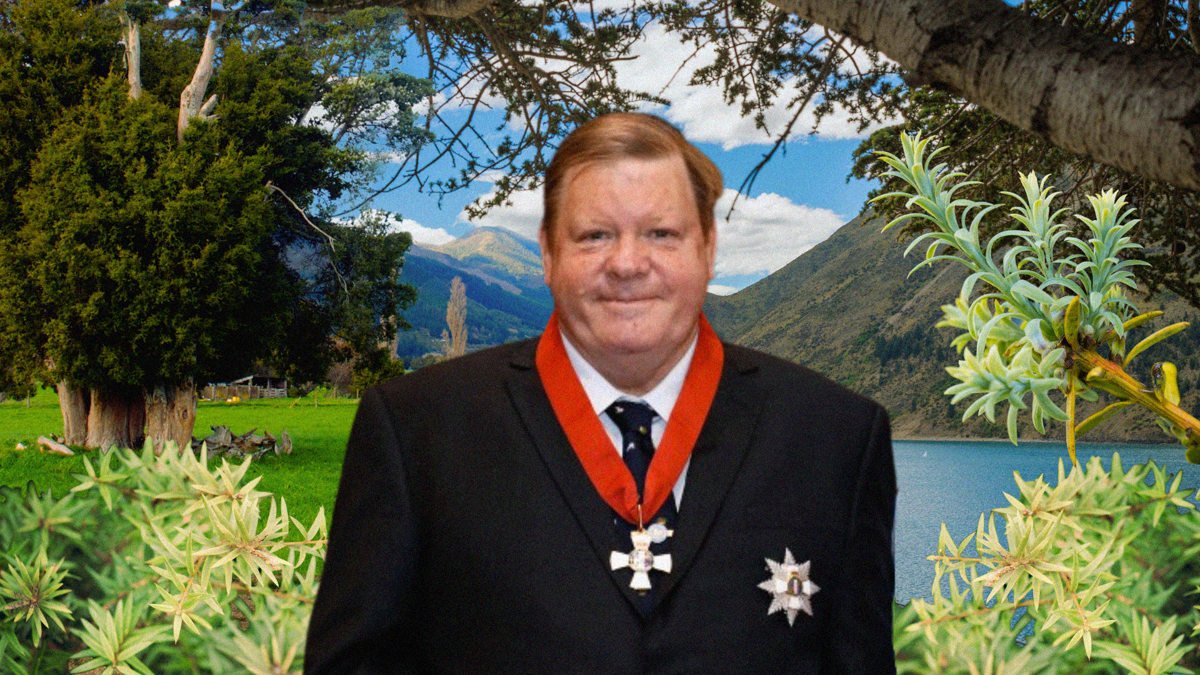
Sir Robert spent his life working to improve the lives of disabled people, says his friend Alexia Black, now we must carry that torch for him.
By Alexia Black
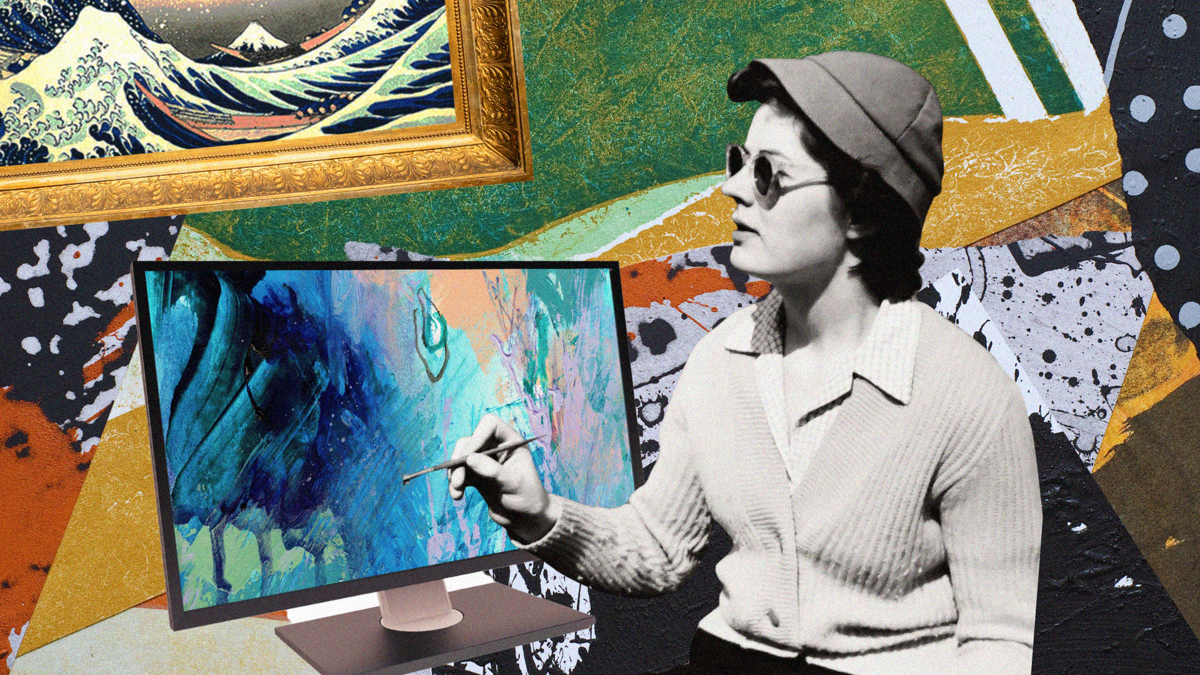
In the upside down world of traditional fine art, artwork is judged on the difficulty of the process. So what happens when you use accessible technology?
By Siobhan Rosenthal
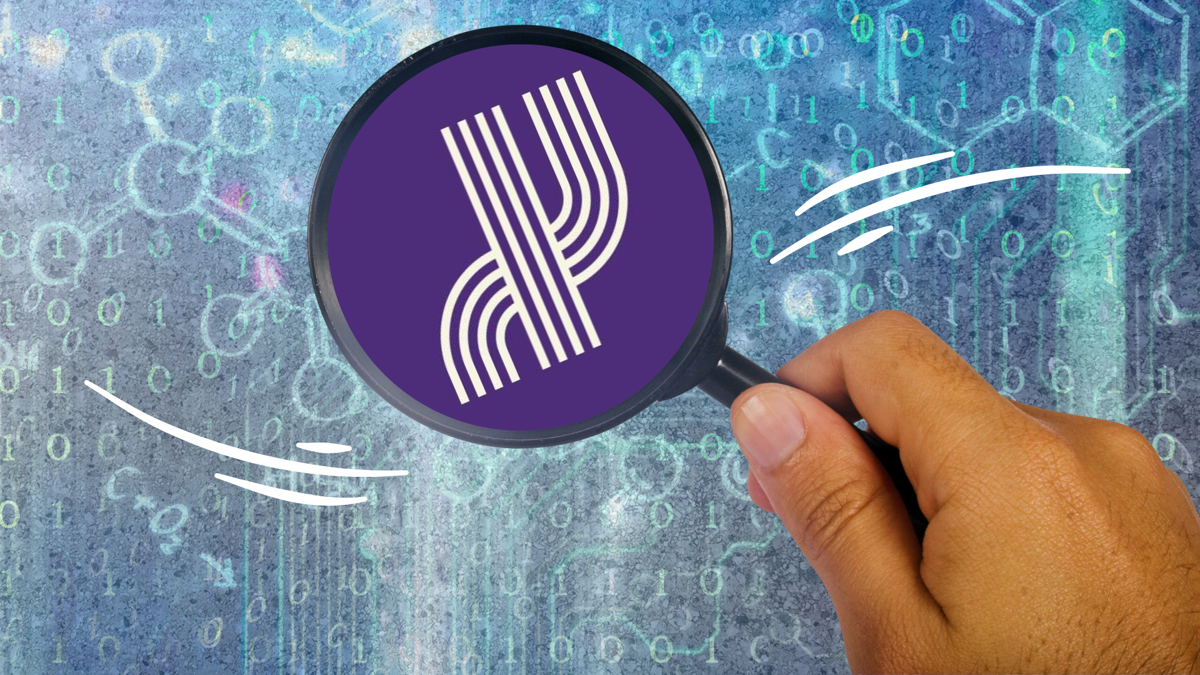
A recent change saw Whaikaha restoring flexible funding for some - but not others. Did you have a plan lined up before 18th of March? You're all set. After that?
By Red Nicholson
